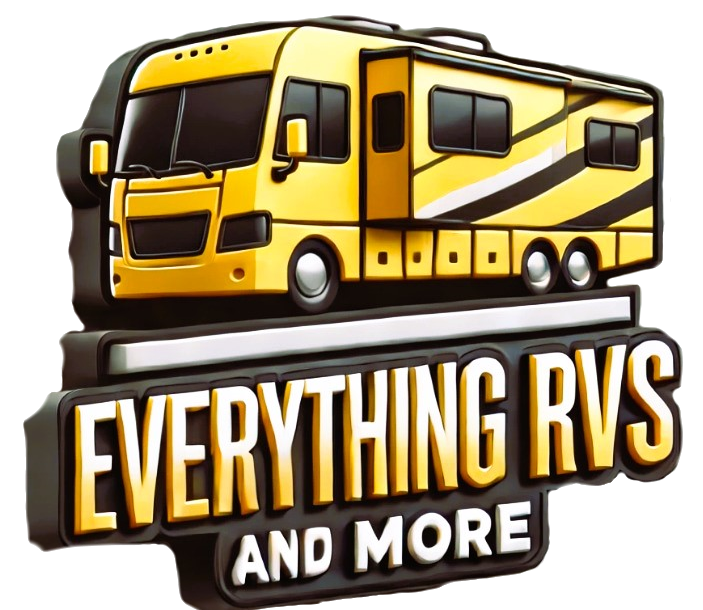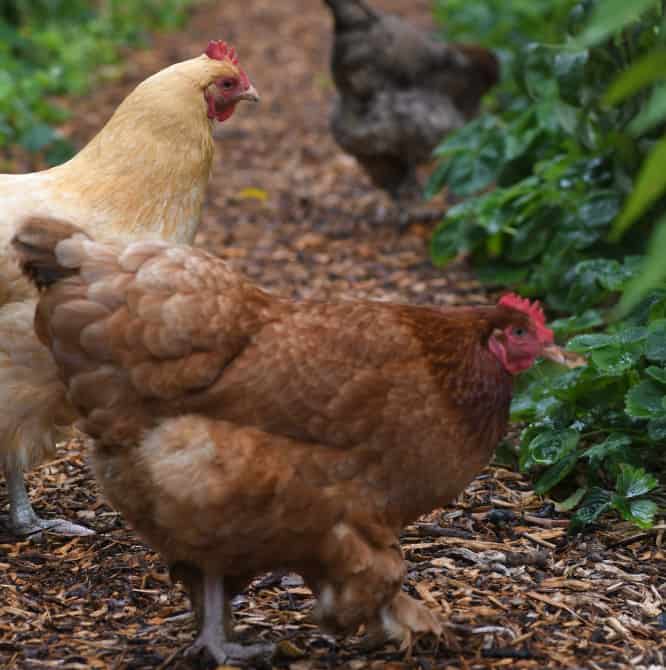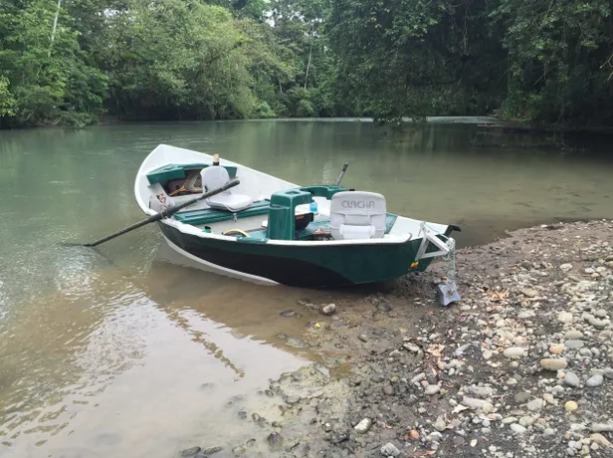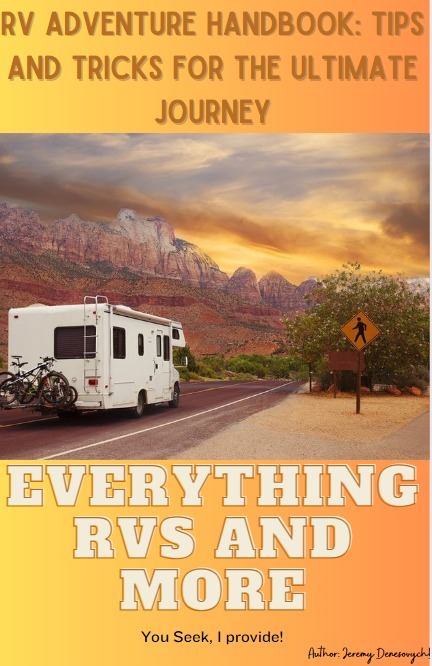Affiliate Disclosure: I earn commissions if you shop through the links below at no additional cost to you.
Last Updated on January 27, 2024 by Jeremy
How Much Land Do I Need to Be Self Sufficient?
The term self-sufficient, according to Mirriam Webster’s dictionary, can be labeled as:
able to maintain oneself or itself without outside aid : capable of providing for one’s own needs.
So when it comes to self-sufficient living, the most accepted question is “how much land do I need?”
The answer may not be as candid as you would think. While there are general directives, the amount of land you need will depend on various elements.
This includes:
- – Climate
- – Soil quality
- – Types of crops
- – Livestock raised
This article will breakdown and explore some key factors to consider when determining how much land you need to be self-sufficient, however in theory, that answer has been determined, only 1/4 acre. Let’s see if this is achievable!

Factors to Consider
Climate:
The first, and biggest factor to consider is the climate. With the space where you plan to live, or are already living, the climate will have a powerful impact on the amount of land you need to be sovereign. For example, If you live in a chillier climate with a lessened growing season, such as Saskatchewan, you’ll need more land to produce the same amount of food than someone living in a tropical-like climate, like Mexico or Florida.
Although both areas are completely able to have the same production outcome, a 1/4 acre of land in Saskatchewan won’t produce the same amount of self-sufficiency as in the warmer climate locations. It can however be done with a little more ingenuity and thinking outside the box.
Soil Quality:
The quality of your soil will also affect how much land you need. What I mean here is that if you have nutrient-rich soil, that is facilitative to plant advancement, you may be able to yield more food in a smaller area.
This can be exceptionally useful if you want to grow certain types of vegetables that require more room. If you have the same ground throughout your land, the more perks you have in growing more produce.
Types of Crops and Livestock:
The types of crops you plant, and the livestock you raise will also affect how much land you need. Some crops require more space, such as vine crops like cucumbers, while potato crops can use less space.
Also, certain livestock require more land to graze than others. Sheep, hens and goats don’t require a lot of land, whereas cattle and ostriches do.

General Guidelines
Now that we’ve briefly discussed the few factors above, here are some broad recommendations that can help you resolve how much land you need to be self-sufficient.
Guideline number one is to aim for around one acre of land per person. This amount of land should be sufficient to produce enough food for one person for a year, assuming you’re growing a mix of vegetables, fruits, and grains, and raising some livestock.
As this may be overkill for some people and under kill for others, for a couple of people, you CAN be completely self-sufficient with only 1/4 acre of land.
Nonetheless, it’s critical to keep in mind that this is just a recommendation, and you may need more or less land depending on your specific outlook.
For example, if you live in a colder climate with a shorter growing season, once again taking Saskatchewan as your Canadian province guinea pig, you may need more land to produce the same amount of food as someone living in a warmer climate, as mentioned earlier.
Another guideline is that of how you plan to utilize your self-sufficient skills. An income source may be needed but if you are totally in the zone, have extra income, and don’t owe anyone anything, you can easily become self-sufficient with the required suggestion of land.

Maximizing Small-Scale Self-Sufficiency
What happens if you don’t have access to one acre of land? Well, you can still accomplish self-sufficiency on a smaller ratio, so it’s best not to worry at all. With strategic planning and resource management, you can augment your pint-sized self-sufficiency.
Let’s find out what I mean:
1) Vertical gardening – Instead of growing plants in rows like your potato, and cabbage crops, try planting them vertically instead. This method can be done by utilizing straw bales, rain barrels, or even with the Tower Garden Project.
What this does are allow you to grow more crops in a smaller area. You can also consider aquaponics or hydroponics, which are soil less methods of growing plants as well.
2) Incorporate Livestock into your Homestead – Even if you only have a small backyard, you can still raise chickens for eggs or rabbits for meat. One other thing I saw was incorporating bees into your homestead for honey and pollination. Not only does this help your gardens and plants, it gives you a delicious topping on homemade yogurt.

Resources for Self-Sufficient Living
If you have been absorbed in self-sufficient living for some time already but don’t know where to begin, there are many resources accessible to help you on your journey. One suggestion is to read an article I wrote about “off the grid living in Canada“, while another excellent resource is by getting a copy of an e-book titled “The Self-Sufficient Backyard” by Ron and Johanna Melchiore.
This e-book provides a ton of information, including a guide to create a self-sufficient backyard, hence the title. It covers topics such as:
- – Vegetable gardening
- – Raising livestock
- – Preserving food
plus so much more. It also includes tips for maximizing small-scale self-sufficiency and advice for beginners, all from within 1/4 acre of land.

Conclusion
To reiterate, the answer to the question of how much land you need to be self-sufficient is not a simple answer.
We determined that there are a few factors to consider like climate, soil quality and crops and livestock choices. We also gave some general guidelines to help you determine how much land you need. It is possible to live a self-sufficient lifestyle on a small scale with careful planning and resource management.
As well, we included how you could maximize the small scale planning by recommending vertical gardening and hydroponic methods, as well as incorporating your livestock.
Lastly, if you’re interested in learning more about self-sufficient living, “The Self-Sufficient Backyard” e-book is an excellent resource to consider with an offer to purchase from a direct link provided above.
In conclusion, determining how much land you need to be self-sufficient is a complex process that requires careful consideration of various factors. However, with the right tools and resources, achieving self-sufficient living is possible, even on a small scale.
I hope you enjoyed this article. Questions? Comments? I encourage you to leave some below!
Cheers!







.jpg/:/cr=t:5.56%25,l:0%25,w:100%25,h:88.89%25/rs=w:1240,h:620,cg:true)






Leave a Reply